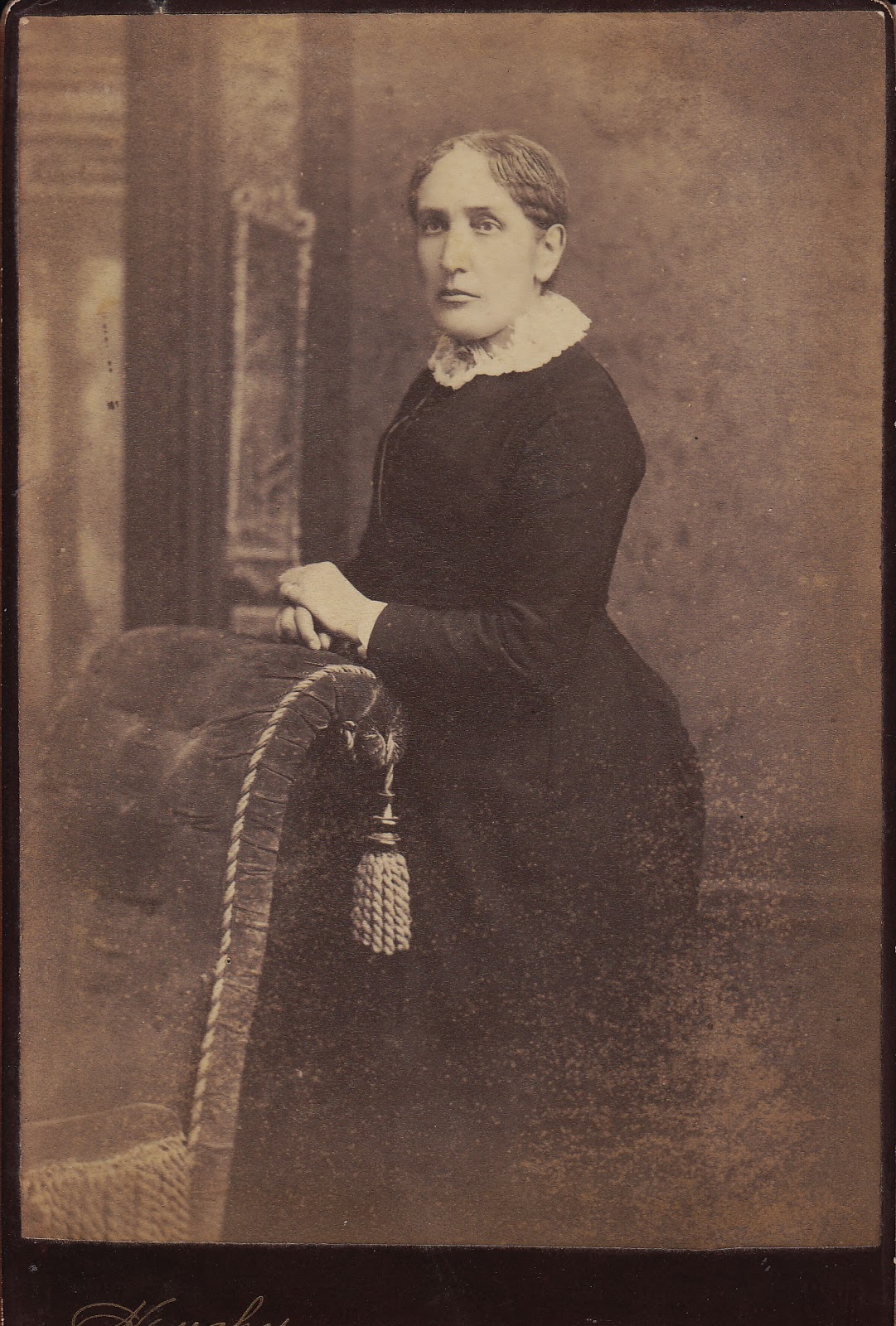In centuries past, Smallpox was another disease which was also causing deaths. People were looking for vaccinations and quarantining both the sick and the vaccinated. Years ago, I remember reading Abigail Adams writing about the inoculation of her husband, John in 1764 and then later herself and her children in 1776. Inculation then was a much different from today. Now we just go get a shot, but in the 1700s, the process involved the patient being sick and quarantined for weeks. This is how it is described in "John Adams: Smallpox Inoculation in 1764"
"Adams followed the preparatory regimen of Adam Thompson MD. The future president's treatment began with a "vomit," followed by a strong cathartic. The prescribed diet was bread, milk, pudding, and rice. Adams describes the inoculation procedure itself:
Dr. Perkins demanded my left arm and Dr. Warren my brother's. They took their Launcetts and with their Points divided the skin about a Quarter of an inch and just suffering the blood to appear, buried a thread (infected) about a Quarter of an inch long in the Channell. A little lint was then laid over the scratch and a Piece of Ragg pressed on, and then a Bandage bound over all, and I was bid go where and do what I pleased. The doctors left us red and black to take Night and Morning, and ordered my Brother, larger Doses than me, on Account of the Differences in our Constitutions.
Adams and 9 other patients were confined to the hospital for 3 weeks. Adams suffered headaches, backaches, kneeaches, gagging fever, and eruption of pock marks. He wrote to his wife:
Do not conclude from any Thing I have written that I think Inoculation a light matter -- A long and total abstinence from everything in Nature that has any Taste; two long heavy Vomits, one heavy Cathartick, four and twenty Mercurial and Antimonial Pills, and, Three weeks of Close Confinement to an House, are, according to my Estimation, no small matters."
So where might someone go to be quarantined, if not at home? I found a newspaper article naming a house owned by Jeremiah Jennings with Sarah Robbins in it as the place of quarantine in 1787 in Fairfield Connecticut [see 8 March 1787 Fairfield Gazette, volume 1, issue 32, page 2]
At a Meeting of the Civil Au-
thority and Select Men of
Fairfield.
WHEREAS Sarah Rob-
bins, wife of Ephraim
Robbins, is infected
with the Small Pox,
and confined to the dwelling-
house of Jeremiah Jennings, an
out-house for that purpose: —
This meeting orders and di-
rects, that the remain and con-
tinue at said dwelling house,
until disposed in manner here-
inafter prescribed. —— And
Whereas it appeareth fully to
the satisfaction of said meeting,
that sundry persons have been
involuntarily exposed to take
the infection, and probably
have taken and received the
same in the natural way, and
requeth hath been made to grant
permission for the Small-pox
to be communicated to said
sundry persons, by innocula-
tion. This meeting grants
permission to said sundry per-
sons, to take and receive the
Small-pox by innoculation in
said dwelling-house. And al-
so, orders are, that said sundry
persons strictly confine them-
selves to, and remain within
and upon the lot or inclosure,
whereon said dwelling-house
standeth; and upon and within
the highway or road, westerly
of said dwelling-house from the
south-westerly corner of said
lot, north-westerly to the
brushy pasture (so called), of
said Jennings, and including
said pasture within the fence.
And whereas, it is allowed that
Dr. David Rogers go to, and
come from said dwelling-house,
as need may be, during the
time said persons remain there;
and said Doctor is directed to
change his apparrel whenever
he cometh therefrom. And
whereas, it is directed that a
fence be erected to set up a
cross said highway, at the
south-westerly corner of said
home-lot or inclosure; and a-
nother fence across said high-
way, at the north-easterly cor-
ner of said brushy pasture
and that a white cloth of two
feet square or larger, be exten-
ded on a staff or pole, at least
ten feet high by said house,
pursdant to the directions of
the law.
All persons are hereby strict-
ly forbidden to go or pass by
said dwelling-house, in said
highway, or enter said high-
way between said two cross
fences, or enter into or upon
said home lot, inclosure or
dwelling-house, except those
persons appointed, and each
and every of the persons, as
well tenders is others, are
hereby strictly forbid to leave
or depart said dwelling-house
before they respectively shall
be well cleansed and freed from
said infection, by persons ap-
pointed for that purpose, and
proper persons are also ap-
pointed to give information of
all breaches of these orders,
that offenders may be brought
to justice. Per order,
And. Rowland, Just. P.
Fairfield, Feb. 27, 1787.
There were expenses connected with Smallpox and Linda Woodward Geiger pointed out in her webinar "Using Tax Lists to Solve Genealogical Problems"[28 May 2014] that the Georgia Legislature [December 1865-March 1866] passed a law "To authorize the Justices of the Inferior Court of the County of Heard to levy and collect a tax, to compensate citizens for attention to cases of small pox in said County."
Clearly, people in the late 1700s and 1800s understood the dangers of Smallpox and tried to be inoculated to prevent having a full-blown case of the infection. Seeing the current news reports about the spread of Ebola, the attempts at quarantine of patients, and the sometimes quaranting of whole communities, reminded me of this article.
May the vaccination that various researchers are working on today prove as effective against Ebola as our modern Smallpox vaccination proved to be.
©2014 Erica Dakin Voolich
The link to this blog is http://genea-adventures.blogspot.com/2014/09/inoculation-and-smallpox.html











































